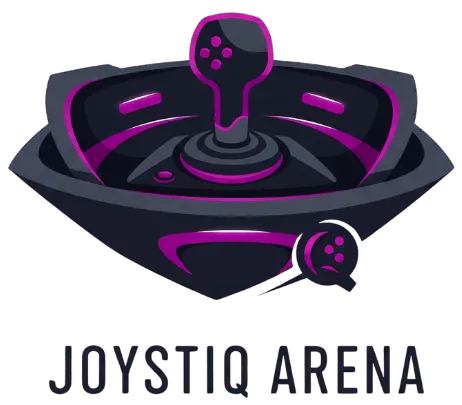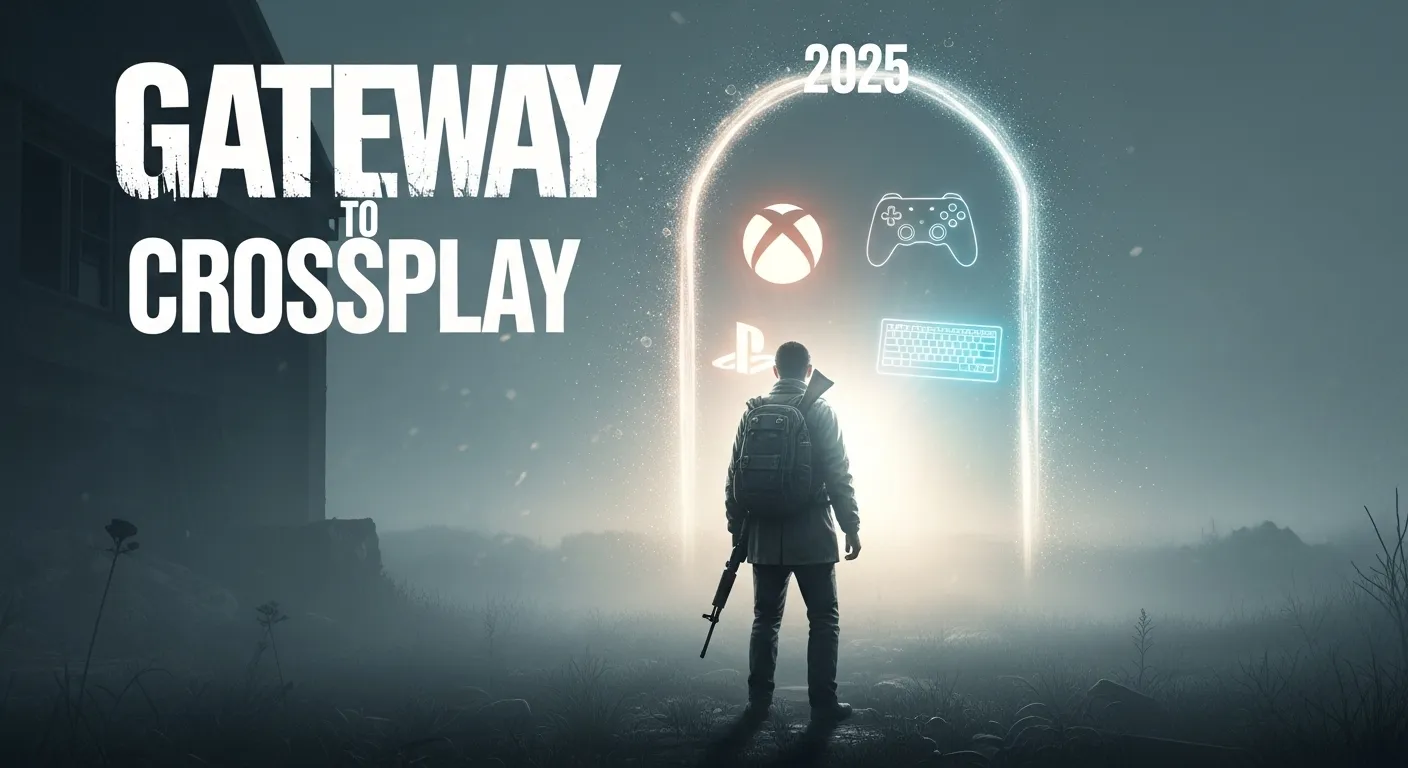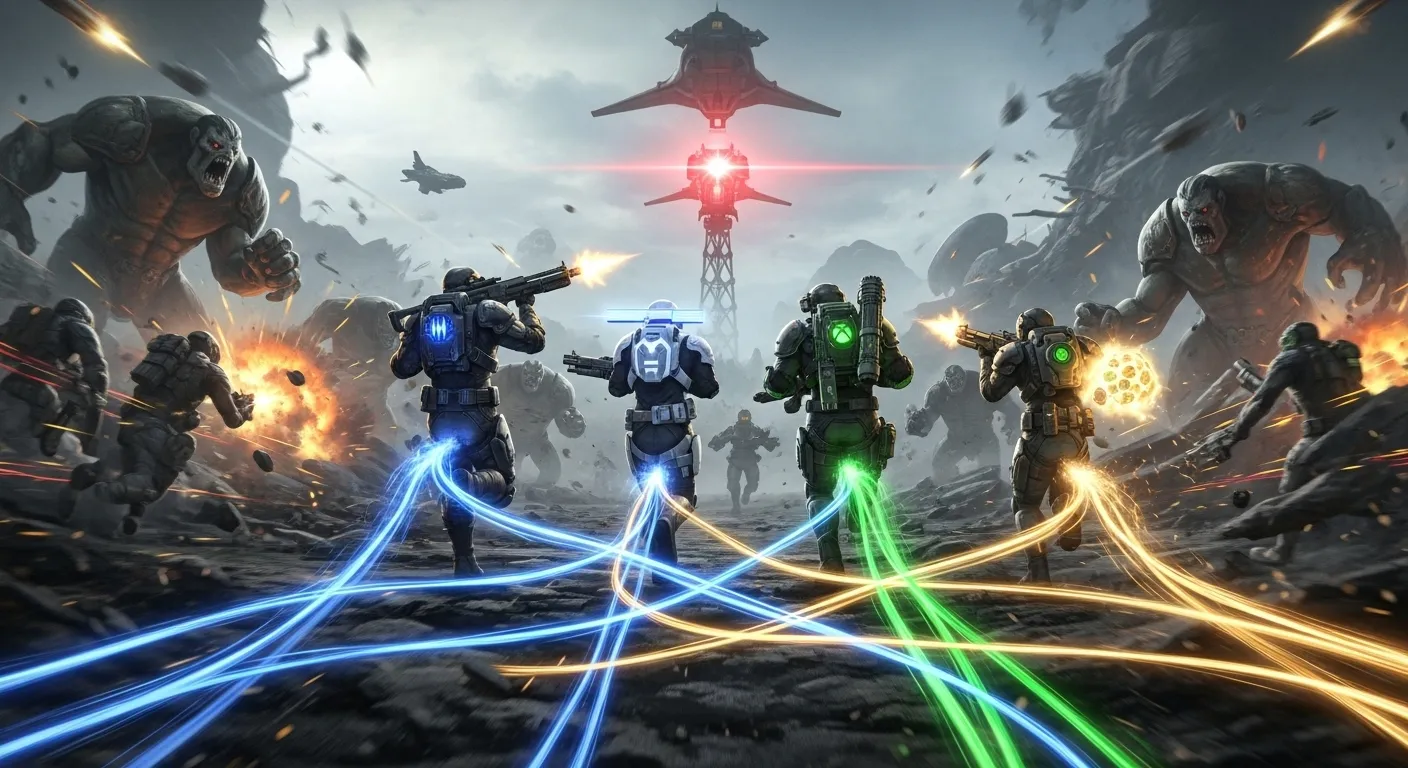How to Make Terracotta in Minecraft The Ultimate Crafting Guide

If you’ve ever tried decorating a Minecraft base and felt like stone and wood just… weren’t cutting it, you probably wondered how to make terracotta in Minecraft. It’s one of those blocks that looks clean, Customizable, and works with every type of build, desert houses, modern builds, even massive pixel-art walls. But figuring out how to get it (and all its colorful versions) takes a bit more than just mining random dirt. Let’s walk through it properly, with all the little tips that never make it into short YouTube tutorials.
Terracotta Location in Minecraft
If you’re trying to learn how to make terracotta in Minecraft, the first step is knowing where to find it naturally. Terracotta isn’t exactly rare, but it’s less common than clay or sand. You can discover large amounts of it in the Badlands (Mesa) biomes, which are layered hills with red, orange, white, and yellow stripes that resemble desert terrain.
For players who enjoy exploring different game mechanics, you might also like reading about is Sons of the Forest crossplay in 2025 — a guide that dives into multiplayer compatibility in another survival hit.
In these areas, terracotta spawns in massive veins — so once you locate a Badlands biome, you’re practically walking on thousands of ready-made blocks. The color variations depend on the biome layer — white, orange, yellow, brown, and red terracotta dominate here.
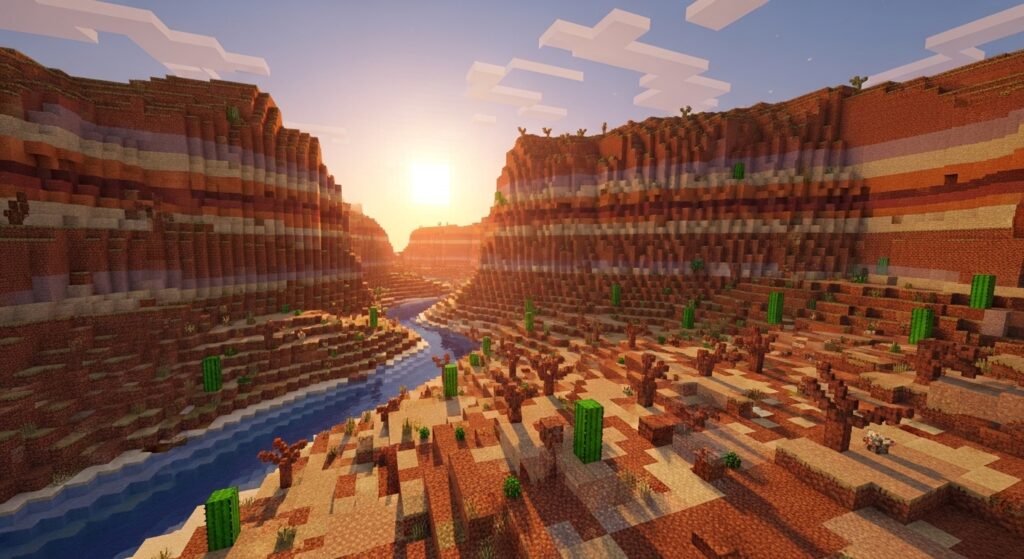
Players exploring how to make terracotta in Minecraft in Survival mode should focus on finding Badlands biomes near warm climates (desert or savanna regions). These are the best places to gather terracotta before smelting or dyeing it for your builds.
How to Get Terracotta in Minecraft
Okay, so let’s assume you’re not using Creative inventory.
You’ve got two main routes to obtain terracotta: mining it directly or smelting clay blocks.
Mining Terracotta
Use any pickaxe (stone or better) to mine terracotta if you’re fortunate enough to find it in the wild. No smelting or full crafting recipes, is required; you will receive the block itself.That’s the fastest way early on.
Each color variant can be picked up as-is. Just keep in mind that natural terracotta blocks break faster with stronger pickaxes, and enchanted ones — like Efficiency — make the grind smoother. If you’re in a different biome though, you’ll have to craft it instead. That’s where clay steps in.
For more building and exploration insights, check out our Minecraft adventure guides to discover how to gather rare resources and craft smarter in every biome.
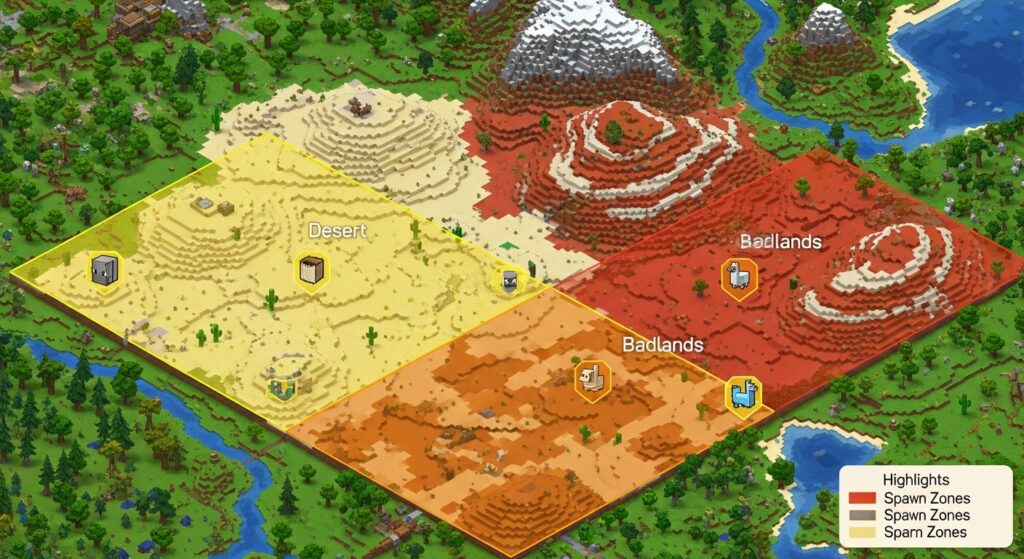
Minecraft Terracotta Crafting Recipe “Smelting Method”
Terracotta comes from smelting clay blocks.
That’s your base recipe — simple, repeatable, and scalable once you have a furnace setup.
| Ingredient | Quantity | Result |
| Clay Block | 1 | Terracotta (1) |
You’ll get the basic hardened clay (the original name for terracotta) after smelting. You can then dye it or use it for pattern blocks later.
If you’re new:
- Gather clay balls from riverbeds.
- Craft 4 clay balls → 1 clay block.
- Smelt that block in any furnace (regular or blast furnace).
Boom. Terracotta.
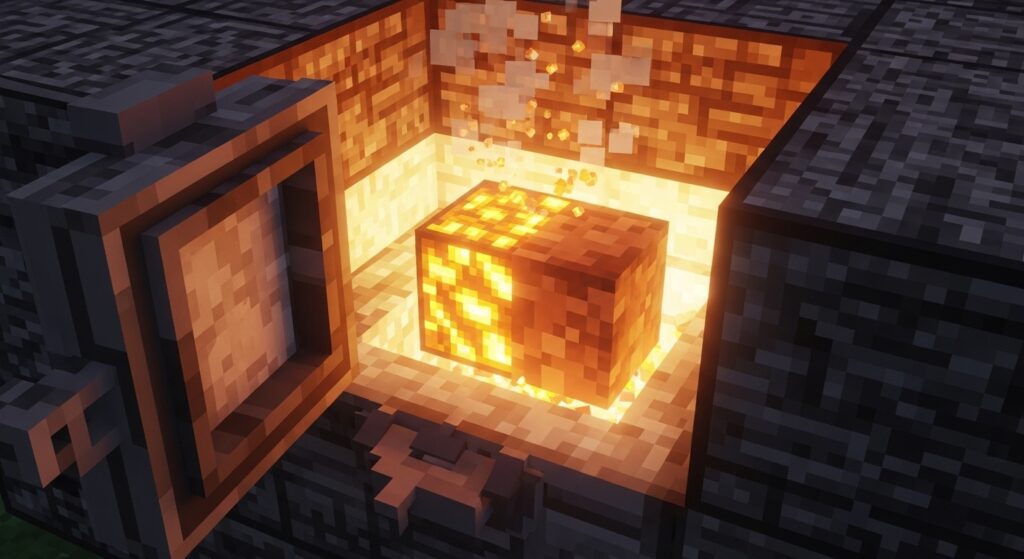
Smelt Clay to Terracotta in Minecraft
This step is the heart of how to make terracotta in Minecraft. Once you’ve collected clay blocks, it’s time to smelt them in a furnace to turn raw clay into hardened terracotta. Players often underestimate how much fuel you’ll burn through when mass-producing terracotta for large builds — each clay block consumes one fuel unit (coal, charcoal, or dried kelp).
For players who want to streamline how to make terracotta in Minecraft efficiently, building a super smelter setup is a game-changer. Use minecarts and hoppers to automate the process and keep your furnaces running nonstop. It might be overkill for small projects, but it’s worth it when you plan to dye or pattern hundreds of blocks later.
If you’re playing on a realm, split the workload: one player gathers clay, another smelts, and a third handles the dyeing. That teamwork speeds up production and makes making terracotta in Minecraft far more efficient.
Minecraft Hardened Clay to Terracotta
You might see older guides or forums still calling it “hardened clay.”
That’s just the pre-1.12 name for terracotta, same block, same recipe, just renamed when Mojang added glazed versions and colors.
So if you ever find an old tip like “smelt clay to get hardened clay,” yeah, that’s terracotta now.
Minecraft Terracotta Colors List
In the game, terracotta can be dyed into sixteen different colours, one for each type of dye.The complete list, arranged for easy access, is as follows:
| Dye Color | Resulting Terracotta Block |
| White | White Terracotta |
| Orange | Orange Terracotta |
| Magenta | Magenta Terracotta |
| Light Blue | Light Blue Terracotta |
| Yellow | Yellow Terracotta |
| Lime | Lime Terracotta |
| Pink | Pink Terracotta |
| Gray | Gray Terracotta |
| Light Gray | Light Gray Terracotta |
| Cyan | Cyan Terracotta |
| Purple | Purple Terracotta |
| Blue | Blue Terracotta |
| Brown | Brown Terracotta |
| Green | Green Terracotta |
| Red | Red Terracotta |
| Black | Black Terracotta |
The colors appear slightly muted, kind of a matte tone compared to wool or concrete. That’s why builders love it for interiors and natural-looking structures.
How to Dye Terracotta in Minecraft
Once you’ve got your plain terracotta blocks, coloring them is straightforward.
- Place 8 terracotta blocks in a crafting grid.
- Add 1 dye of your choice in the center slot.
- Collect 8 dyed terracotta of that color.
The dye doesn’t have to match the biome or clay type — you can recolor any terracotta.
This method works for all 16 colors listed above.
A neat tip: experiment with combinations in your base. A red + white combo looks like sandstone cliffs, while cyan + gray gives industrial vibes.

Minecraft Terracotta Block Guide
By this point, you know how to gather, smelt, and dye terracotta. But using it well is another story.
Builders mix terracotta with concrete, sandstone, and stone bricks to balance colors.
Because terracotta’s texture has a faint gradient, it blends nicely with most materials without looking too flat.
If you’re planning a terracotta wall pattern, don’t stick to just one shade — alternate every 2–3 blocks. That’s how big Minecraft YouTubers make natural gradients without mods.
Some even combine glazed terracotta to add highlights (we’ll talk about that in Part 2).
How to Mine Terracotta in Minecraft
You can break terracotta with any pickaxe — even a wooden one works. But for efficiency, Iron Pickaxe or better is the sweet spot.
Each block breaks in about half a second with Efficiency III, so clearing large sections in Badlands biomes becomes fast once you’re geared up.
Terracotta doesn’t drop anything else (no XP or byproducts), so farm it in bulk if you need thousands of blocks for builds.
Advanced Designs, FAQs, and Terracotta Crafting
Let’s resume where we left off. Around a chest close to your smelting area, you have stacks of terracotta that have been baked, possibly dyed, and possibly scattered. So now what? Time to get into the fun part — glazed terracotta and all the weird geometric patterns that make your builds pop.
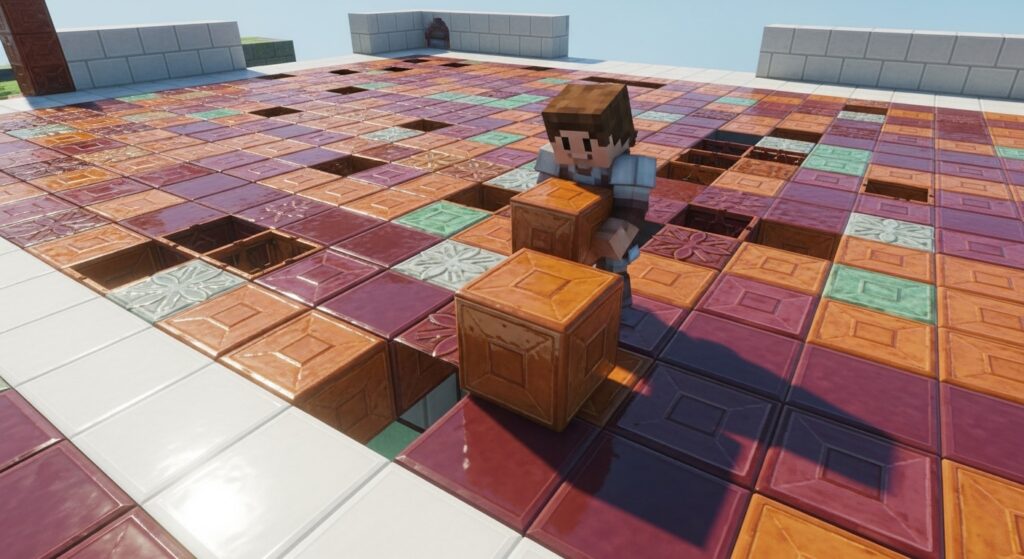
Minecraft Glazed Terracotta — How to Make It
So here’s the next level. Once you’ve dyed your terracotta, you can smelt it again to make glazed terracotta.
It’s one of the few double-smelting recipes in the game. The second round transforms your solid-colored terracotta into patterned tiles — glossy, directional, and honestly, beautiful once placed right.
Here’s the quick breakdown:
| Ingredient | Process | Result |
| Dyed Terracotta (any color) | Smelt in Furnace | Glazed Terracotta (same color) |
Every color produces a unique design.
Blue and cyan glazed terracotta blocks are player favorites for futuristic or tech builds, while orange and yellow ones look great in desert or temple themes.
Just be warned — these blocks are directional. That means how you place them matters. Rotate them around and you’ll get entirely different patterns, which is half the fun (and chaos).
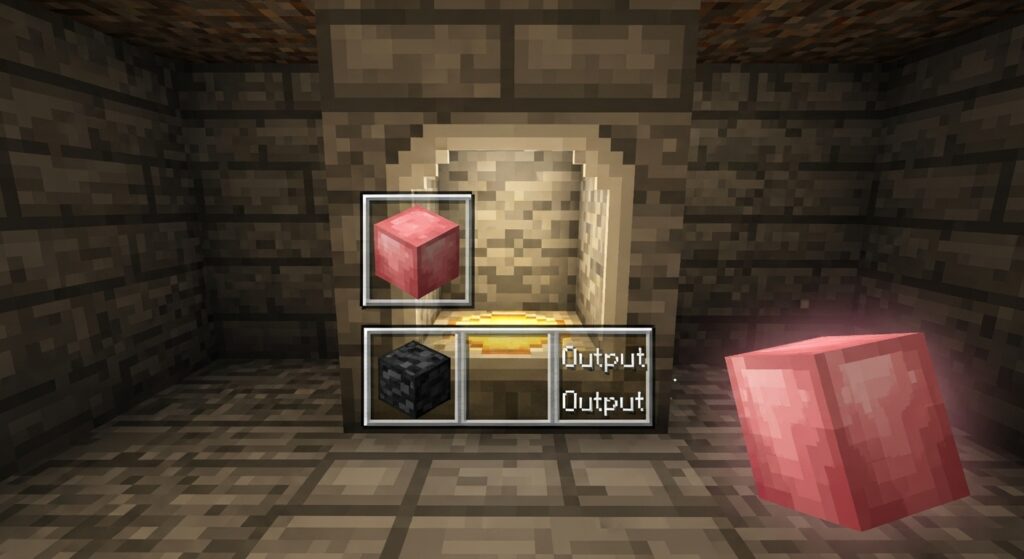
Minecraft Terracotta vs Glazed Terracotta
The confusion between regular and glazed terracotta pops up everywhere, especially on beginner forums. Let’s settle it clearly:
| Feature | Terracotta | Glazed Terracotta |
| Texture | Matte, subtle | Glossy, patterned |
| Crafting | Smelt clay → terracotta | Smelt dyed terracotta again |
| Uses | Walls, roofs, interiors | Decorative floors, mosaics |
| Colors | 16 solid tones | 16 unique designs |
| Rotation | Not directional | Directional (rotates pattern) |
So think of terracotta as your base material, and glazed terracotta as your design accent.
Most builders use both — terracotta for the bulk, glazed for the detail.
Minecraft Glazed Terracotta Designs
The community has been obsessed with glazed terracotta since it dropped in the 1.12 “World of Color” update. The best thing? Every color’s design can tile seamlessly if placed right. If you enjoy creative world-building and design strategy, you’ll also love reading our guide on top tips for Warhammer Fantasy Roleplay GMs — it’s packed with smart building and storytelling ideas that Minecraft builders can actually learn from.
Here are a few that stand out:
| Color | Design Style | Build Type |
| Blue | Tech circuits | Sci-fi bases, labs |
| Cyan | Futuristic panels | Modern builds |
| Lime | Leafy swirl | Jungle or garden themes |
| Yellow | Sunburst | Temples, towers |
| Red | Maze-like | Floors, fortresses |
| Black | Dark grid | Gothic builds |
Try placing four of the same glazed terracotta blocks in a square, you’ll see the full pattern form. It’s one of those insignificant pleasures that never grows old.
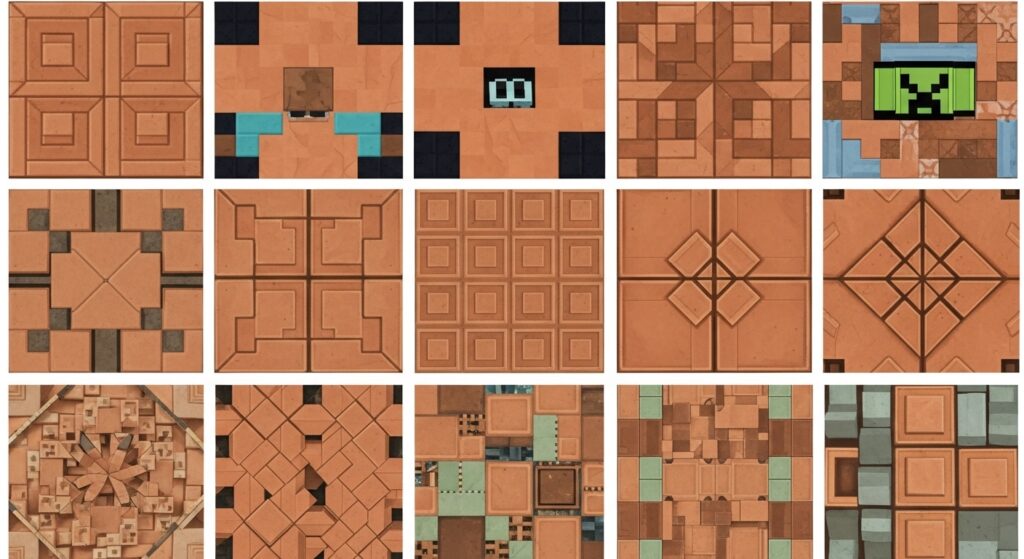
Minecraft Dyed Terracotta Tutorial
If you’re working on a project and want your terracotta to look coordinated, here’s a clean way to handle large scale dyeing.
- Gather large stacks of undyed terracotta (at least a few stacks of 64).
- Collect dyes in bulk — bone meal for white, lapis for blue, cactus green, etc.
- Use a crafting table to batch dye them (8 terracotta + 1 dye).
- Store by color in labeled chests to keep things organized.
The biggest time-saver? Use an auto-crafting station mod or Crafter block if you’re on newer versions. It’s a lifesaver for big building projects.
Pro tip: Glazed terracotta and dyed terracotta pair well if you match tones. For example, cyan terracotta walls with cyan glazed terracotta flooring — subtle but stylish.
Minecraft Terracotta Patterns (Placement Tricks)
This is where most people mess up.
You can’t just spam-glaze blocks and expect a neat floor. Because glazed terracotta rotates directionally, it changes its texture based on the player’s facing angle when placed.
Here’s what you should know:
- Facing north and east when placing forms spiral or sunburst patterns.
- Facing south and west forms checkerboard or arrow-like shapes.
- Mix four of the same blocks → creates seamless loops or borders.
You can also combine two different glazed colors for custom art — try blue and white for ocean tiles, or black and yellow for warning stripes.
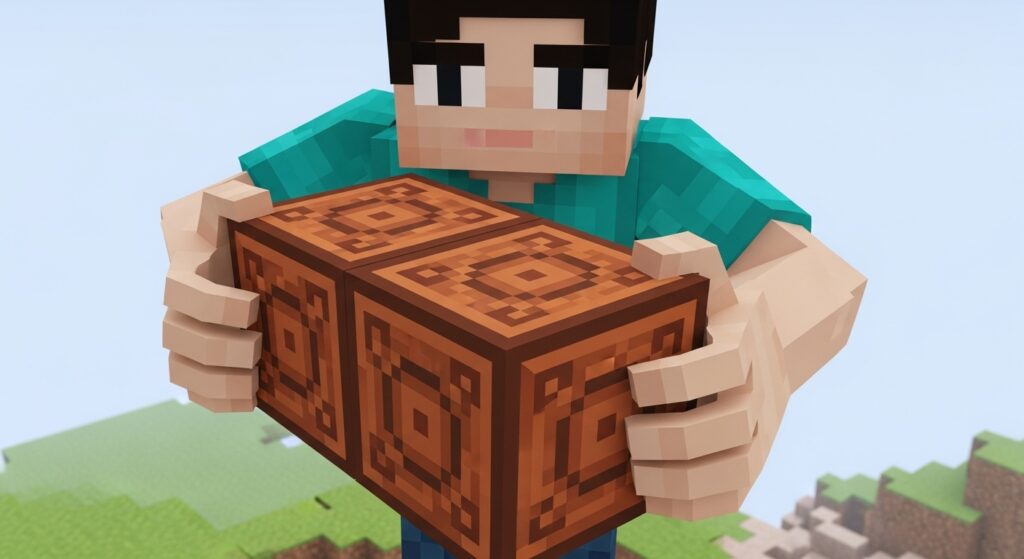
Minecraft Badlands Terracotta Spawn
Since Badlands biomes are the best natural source, it’s worth remembering a few mining facts:
- Terracotta generates in massive layers, often between Y-levels 60–90.
- Each color layer can be mined horizontally for thousands of blocks.
- Abandoned mineshafts spawn frequently in Badlands, perfect for finding gold and rails while collecting terracotta.
Bring shulker boxes or ender chests if you plan to mine long term; terracotta fills your inventory fast.
Combining Terracotta with Other Blocks
Terracotta works best as a blending material.
Here’s what it pairs beautifully with:
| Block Type | Works Well With | Example Use |
| Concrete | Any terracotta color | City builds, factories |
| Stone Bricks | Gray, cyan, brown | Castles, basements |
| Wood | Orange, yellow, red | Village houses |
| Sandstone | White, pink | Desert bases |
And if you’re feeling fancy, throw in copper blocks for a modern metallic accent.
Advanced Building Tip
If you ever feel your terracotta build looks too “flat,” add depth layers.
Shift one section by a single block backward and use a darker terracotta tone for that layer. It’s a simple trick that adds shading without shaders.
You’ll see a lot of pros do that in creative showcases, they’ll mix regular and glazed terracotta on the same wall to break up monotony.
FAQs About Terracotta in Minecraft
Here are the top questions people ask (taken from Google’s “People Also Ask” section):
Q1. What is the fastest way to get terracotta in Minecraft?
Mining in Badlands biomes is the fastest, there’s more terracotta there than you could smelt in hours. If you can’t find one, smelting clay blocks in bulk furnaces works too.
Q2. Can you craft terracotta without clay?
No. Clay is essential. Either mine clay from rivers or trade with villagers who sell it. There’s no alternative recipe.
Q3. How do you make glazed terracotta patterns line up?
Rotate while placing each block. All glazed terracotta designs are directional, so you have to face the right direction to align patterns perfectly.
Q4. Can you recolor terracotta once it’s dyed?
No, you can’t recolor dyed terracotta. You’d have to resmelt plain terracotta and dye a new batch with your desired color.
Q5. What’s the difference between hardened clay and terracotta?
They’re the same block “hardened clay” is the older term before the 1.12 update renamed it to terracotta.
Final Thoughts (Or, Just Let It Fade Out)
That’s really it. Nothing fancy.You smelt, you dye, you play with patterns, and suddenly your base doesn’t look like every cobblestone shack on the server. Terracotta is one of those materials that quietly elevates builds. It’s not loud like quartz or neon like concrete it’s earthy, balanced, and just feels good to use.
Anyway, that’s how I do it.
Once you get your rhythm down, you’ll never look at a clay deposit the same way again.

William Anderson | Your source for Console Reviews, Indie Spotlights, Gaming Gear, Retro Games, and Strategy Guides. Let’s play!
